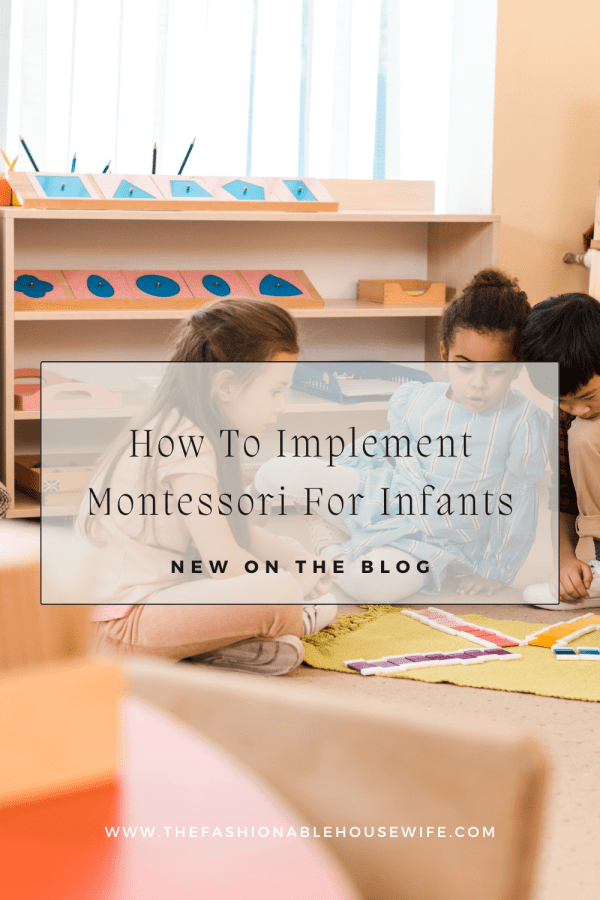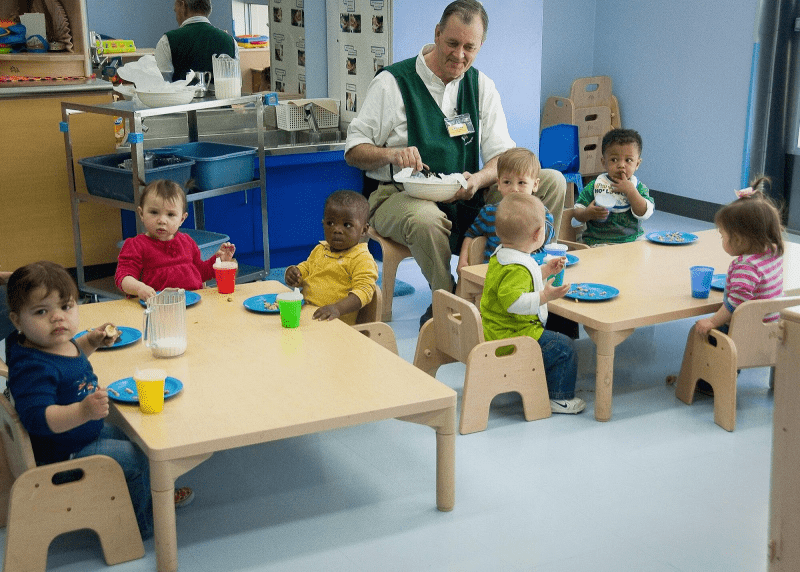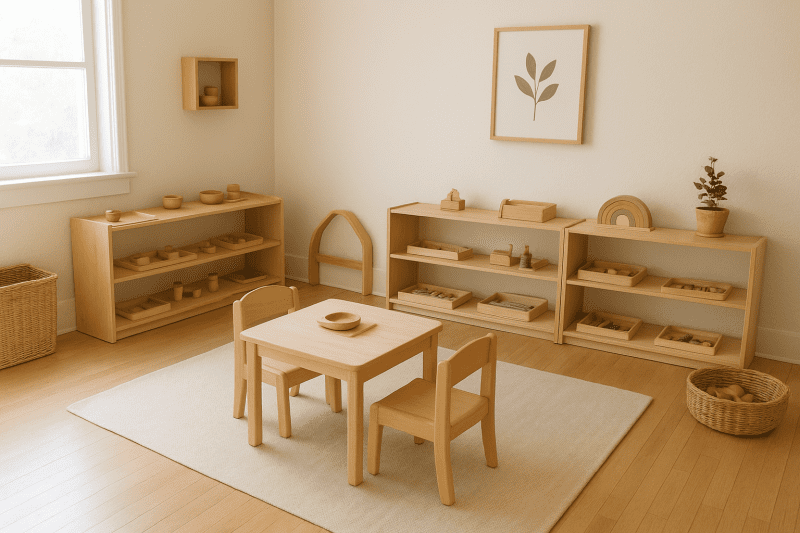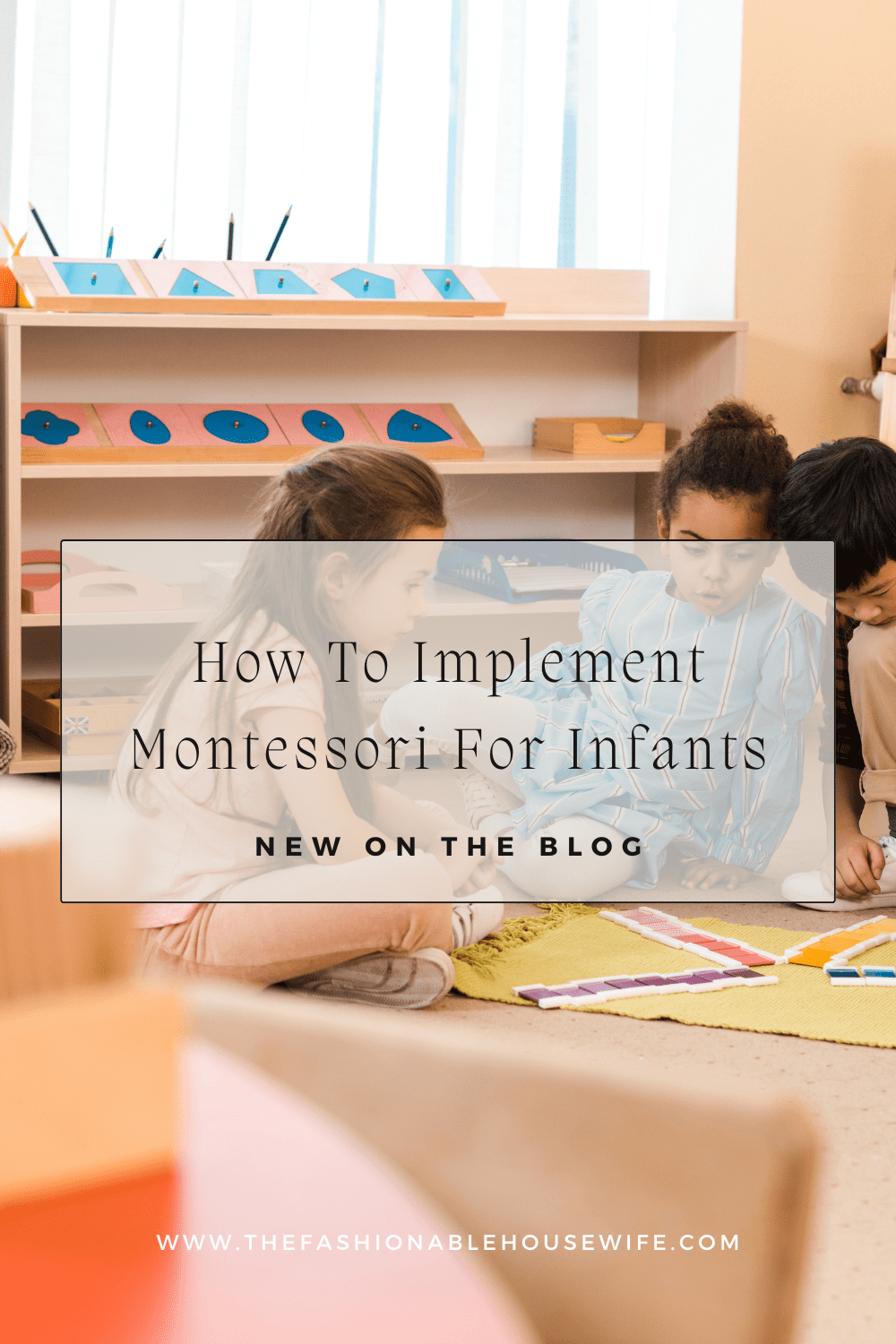How To Implement Montessori For Infants

Parenting in the early months can feel like a beautiful whirlwind—filled with first smiles, sleepless nights, and countless questions about how to best support your baby’s growth.
Many parents hear about the Montessori method and wonder if it applies to infants as much as it does to toddlers or preschoolers. The truth is, Montessori is not just for older children; it can begin right from birth.
Montessori for infants is about creating an environment that nurtures natural development, fosters independence, and respects the child as an individual.
This approach isn’t about rushing milestones or teaching academic skills early—it’s about providing thoughtful support so your baby can safely explore the world at their own pace.
At Dannico Woodworks, this philosophy deeply inspires our designs. As a father and craftsman, I’ve seen firsthand how the right environment can spark curiosity, confidence, and independence—even in the earliest stages of life.
Our mission is to help families create safe, functional, and beautiful spaces that encourage their children to thrive.
In this article, we’ll explore how you can start incorporating Montessori principles into your infant’s daily life, with practical steps you can use right away.
What Is Montessori for Infants?
Dr. Maria Montessori believed that children, even from birth, are capable of absorbing information from their environment. For infants, the Montessori approach focuses on three main ideas:
- Respect for the child – Recognizing your baby as a person with needs, preferences, and potential.
- Prepared environment – Creating spaces that encourage safe exploration and independence.
- Observation – Watching closely to understand your child’s cues and developmental needs.
By focusing on these principles, parents can guide infants in ways that feel natural, gentle, and supportive.

Practical Ways to Implement Montessori for Infants
1. Create a Safe and Accessible Environment
Infants are naturally curious. Instead of limiting their movement with swings, walkers, or bouncers, Montessori encourages giving babies space to move freely. A few ways to do this:
- Floor Bed: A low-to-the-ground bed allows babies to explore safely without the restrictions of a crib. This fosters independence and freedom of movement from an early age.
- Soft Play Area: Use a firm mat and safe furniture to create a space where your baby can roll, crawl, and eventually pull themselves up.
- Open Shelves: Keep a few simple toys within reach so your infant can choose what to explore.
At Dannico Woodworks, we design child-friendly furniture with durability and safety in mind—pieces that look great in your home while empowering your baby’s independence.
2. Use Developmentally Appropriate Toys
Montessori toys are simple, purposeful, and made from natural materials like wood, cloth, and metal. Instead of flashy, battery-operated gadgets, focus on items that engage your baby’s senses and encourage exploration.
Examples include:
- Wooden rattles or grasping rings
- Textured fabric balls
- Object permanence boxes (for older infants)
- Simple stacking toys
These tools help infants build coordination, concentration, and problem-solving skills.
3. Encourage Movement and Freedom
Babies develop best when they can move without restrictions. Avoid confining your child to baby gear for long periods. Instead, let them practice rolling, reaching, and crawling on their own.
Key ideas:
- Place toys just out of reach to inspire movement.
- Use mirrors at floor level so babies can see themselves and practice awareness.
- Encourage barefoot play, which strengthens balance and coordination.
4. Foster Independence in Daily Care
Even simple routines like diaper changes and feeding can follow Montessori principles. By slowing down and involving your baby in the process, you show respect and build trust.
- Talk through each step while changing diapers or dressing.
- Offer a choice when possible (like two outfits).
- Allow your baby to try self-feeding with safe utensils when they’re ready.
These small steps help your child feel capable and respected.
5. Establish Calm and Order
Infants thrive in environments that feel predictable and calm. Instead of overstimulating with too many toys or loud sounds, keep things simple.
- Rotate toys to maintain interest without overwhelming.
- Use natural light when possible.
- Keep spaces uncluttered, which helps babies focus better.
At Dannico Woodworks, we believe that furniture plays an important role here. Thoughtfully designed pieces contribute to order, safety, and beauty—qualities that make your home a calm, nurturing environment for your child.

The Role of Parents in Montessori for Infants
You are your baby’s first teacher, and observation is your greatest tool. Notice how your infant interacts with their surroundings, and follow their lead.
When you provide an environment where they can safely explore, you’re showing trust in their natural abilities.
This doesn’t mean stepping back completely—your role is to guide, protect, and prepare the environment. But it does mean resisting the urge to intervene too quickly, giving your child space to try, fail, and try again.
FAQs
Is Montessori for infants expensive?
Not at all. The philosophy is more about how you interact with your child than the things you buy. You can implement Montessori principles with simple spaces, natural toys, and mindful parenting.
Do I need special furniture?
Not necessarily, but thoughtfully designed pieces like a floor bed or open shelves can make the process smoother.
At Dannico Woodworks, we specialize in durable, child-centered furniture built to encourage independence while keeping safety at the forefront.
What if my baby prefers traditional toys?
That’s okay. Montessori isn’t about strict rules—it’s about balance. Offering a mix of toys is fine, as long as you provide opportunities for open-ended exploration.
Can Montessori work in small spaces?
Yes. Even a small play corner with a mat, a mirror, and a low shelf can become a Montessori-inspired environment.
When should I start Montessori with my baby?
You can begin from birth by practicing respect, observation, and mindful interactions. As your child grows, you can adjust the environment to match their development.
Conclusion
Implementing Montessori for infants is about more than toys or furniture—it’s about creating an environment that respects your child’s natural development and encourages independence.
With a prepared space, intentional choices, and patient guidance, you can give your Montessori baby the freedom to explore and grow confidently.
At Dannico Woodworks, we’re here to support you in building these environments. Our furniture is designed with both beauty and function in mind, ensuring your child has the tools they need to thrive safely and independently.
So here’s the question to reflect on: What small change can you make today to bring more independence and exploration into your baby’s world?

